The future of the USMC: the IBX30 project and the EXB experimental battalions
Currently, the Pentagon is developing a program for the modernization and restructuring of the Marine Corps Force Design 2030. In preparation for such an update, the necessary research and experiments are being carried out, the results of which will form a full-fledged modernization plan. In order to work out a variety of promising ideas and solutions, various samples, etc. launched the IBX30 research project and formed experimental EXB battalions.
Development issues
The main tactical unit of the USMC at the moment is the battalion. The typical composition of such a unit provides for the presence of a headquarters, three rifle companies and a company with wearable and transportable rocket and artillery weapons. The number is about 1000-1200 people. Several battalions, along with other units, are combined into a regiment, which is subordinate to the division.
Combat operations, research and exercises of recent times have shown that the current composition of the Marine Corps battalion does not fully correspond to the current tasks and challenges. The large number and dense combat formations of the Marines, the presence of modern systems and weapons in the enemy, as well as a number of other factors reduce the effectiveness on the battlefield, and also increase the risks.
In recent years, several Pentagon research organizations have been searching for new ideas and solutions in the field of organizational structure, tactics, weapons, etc. As a result of such work in 2020, a number of proposals and concepts of various kinds were formed.
New ideas needed to be tested in practice, and the corresponding measures were taken in the same year. As part of the Force Design 2030 program, the Infantry Battalion Experiment 2030 (IBX30) research project was launched. It provided for the experimental restructuring of three ILC combatant battalions using new concepts. Each of them had to receive their own set of innovations for study, evaluation and comparison.
The IBX30 experiment was scheduled for two years. The activities will continue until the end of 2022, after which a final analysis will be carried out. Experts will determine the most successful ideas, which will then be included in the main Force Design 2030 program. However, the research part of the program will not end there, and new experiments will be needed.
Three battalions
Three line battalions of the KMP, which have a "traditional" structure and equipment, were immediately attracted to participate in the IBX30 project. The program included the 1st battalion of the 1st division; within its framework, it bears the temporary designation Experimental Battalion 1 (EXB1). The 1st battalion of the 2nd ILC division was involved in the project with the designation EXB2. The EXB3 unit, originally the 1st Battalion of the 3rd Division, is also participating in the experiments.
According to the project plan, the EXB1 battalion as a whole retains its organizational structure and strength. It still has three line companies with the possibility of landing from the air and from the water, and the headquarters company has also been retained. At the same time, due to additional personnel and new means, the contours of communication and control are being strengthened. EXB1 should show the potential of the existing battalion structure without a major upgrade.
In EXB2, the headquarters company and two line companies were restructured. The latter were reinforced by several fire support units. An additional squad appeared with each platoon, and the companies were supplemented with a support platoon. The composition of the headquarters company has been optimized; also it is strengthened by new systems and means. The general communications circuits of the battalion have also been modernized.
The EXB3 battalion has been completely rebuilt with the Force Design 2030 proposals in mind. Its strength has been reduced to 735 people, which are distributed among smaller units. Updated radio equipment of various kinds. In addition, during the two-year experiment, the battalion was supposed to become the main operator of various technical innovations, incl. under development.
Differences in equipment and structure will allow you to study different concepts at the same time. At the same time, all three battalions have to work out common ideas. So, some of the recruits for them are undergoing a new training course. It provides not only the development of their specialty, but also training in the use of various weapons.
Using the example of three EXBs, it was supposed to check which composition of the battalion is optimal in the current and expected conditions. It was also planned to determine how line, headquarters and support units should be changed in order to reduce risks, maintain controllability and increase combat effectiveness.
Practical activities
The reorganization of the three experimental battalions was completed at the end of 2020. Shortly after that, EXB began to serve in the new composition and to solve combat training tasks. The ILC and the Pentagon regularly report on the conduct of various activities at locations and at training grounds.
All these activities are carried out under the supervision of the relevant organizations and departments of the military department. They closely monitor exercises and tests, as well as communicate with personnel and collect their feedback. There is a great enthusiasm of the Marines, they are ready for discussions and express their opinion on all issues.
Reportedly, most of the exercises involving experimental battalions are conducted according to standard scenarios. Landing with the use of various landing craft, offensive and defensive battles in different conditions, etc. are being practiced. At the same time, EXBs demonstrate their potential in all conditions, and also show how they differ from "ordinary" battalions. In general, they show better results.
The battalions are actively mastering new equipment designed to increase their effectiveness. For example, about a month ago, EXB3 Marines showed off their drones. aviation complexes, automotive and special equipment, etc. Apparently, all these products are actively used in experiments.
Several times the battalions were entrusted with testing promising robotic systems for various purposes. The last such maneuvers took place just a few days ago. Company "B" of the EXB2 battalion tested the promising Hunter WOLF robotic complex at the training ground.
A multi-purpose three-axle autonomous vehicle was used in a transport configuration. With its help, various cargoes were transported, including a conditionally wounded soldier, off-road and rough terrain. During such an event, the Marines not only checked the capabilities of the vehicle, but also worked out the issues of interaction with modern RTK in solving a combat mission.
Similar training involving robots are of particular interest. The Force Design 2030 plan provides for the widespread introduction of robotic systems in all divisions of the ILC. Accordingly, the current activities create the basis for future rearmament and re-equipment aimed at increasing combat qualities.
Unclear future
The Pentagon and the ILC regularly report on various training and research activities. Press releases constantly mention the importance of the IBX30 project and its high potential. At the same time, official reports dispense with the most interesting information. They do not specify what tasks the experimental battalions solve, what ideas and methods were used, and what results were obtained.
The lack of such data does not yet allow us to imagine which of the options for the modernization of the Marine Corps battalion most fully meets the current requirements and has the best prospects. It is quite possible that the command has not yet been decided either, because. The interim results of the IBX30 project do not yet allow drawing far-reaching conclusions. In this case, there may be preliminary estimates and decisions, but they, for obvious reasons, are not disclosed.
As previously announced, the current phase of the IBX30 project, using three modernized battalions, will continue until the end of 2022. Then the responsible Pentagon structures will have to analyze all the information collected. Based on it, the main provisions of the Force Design 2030 program will be drawn up, which will be implemented in the distant future. Until the completion of all these works, most of the units of the Corps will retain their former appearance and capabilities, which do not fully correspond to current threats and challenges.
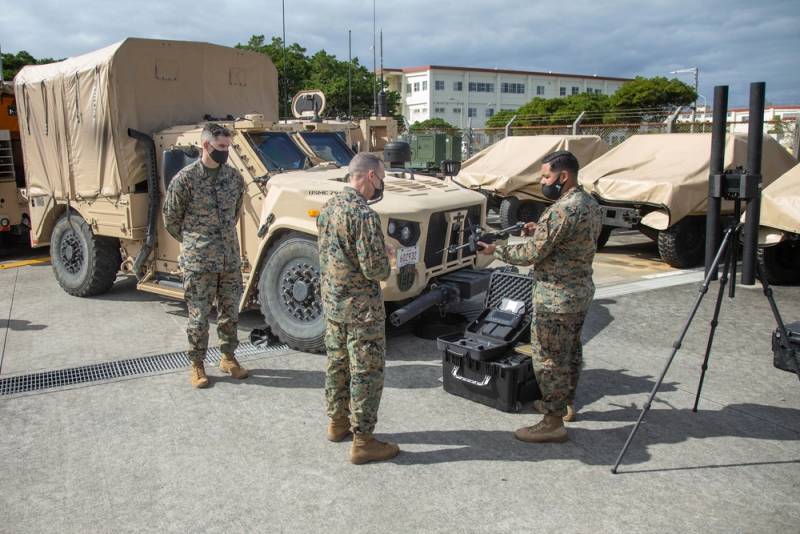
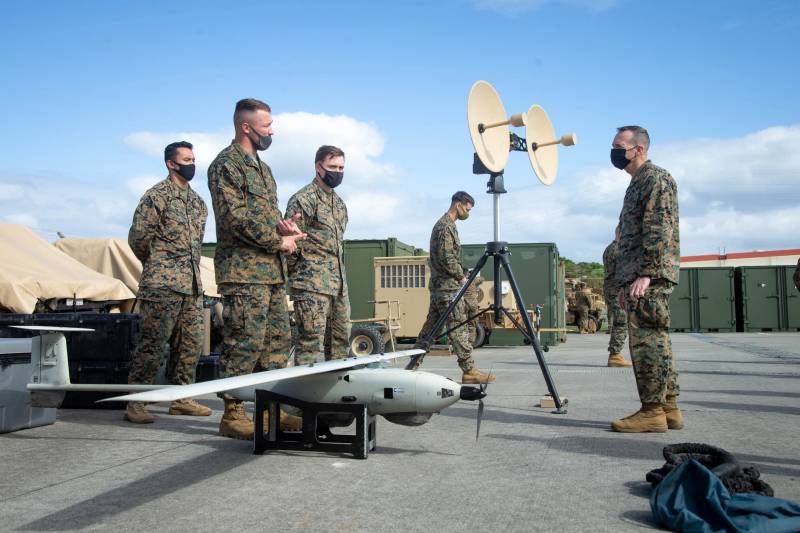
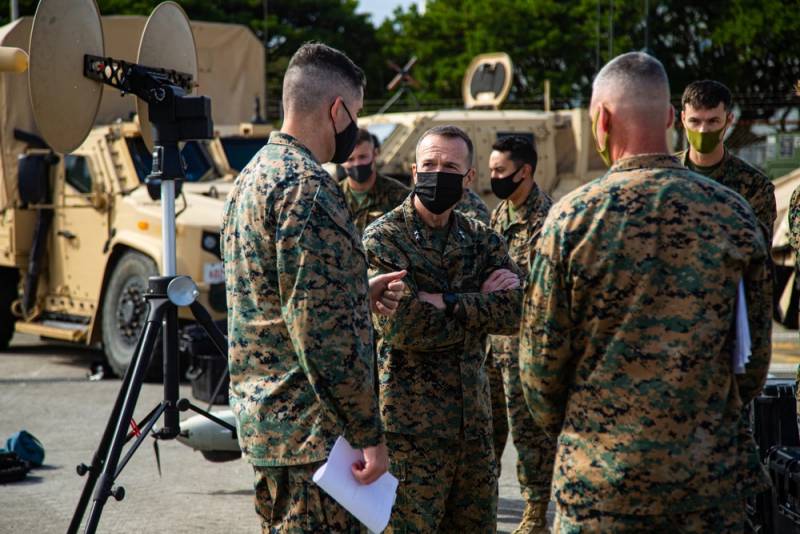
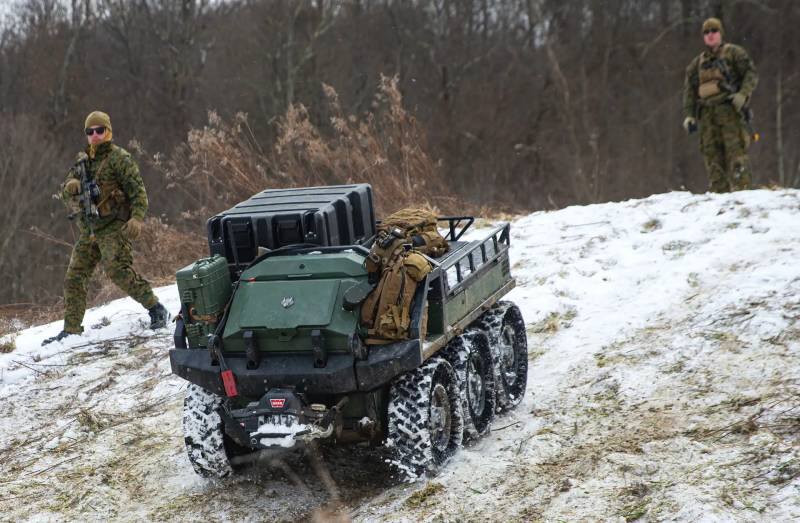
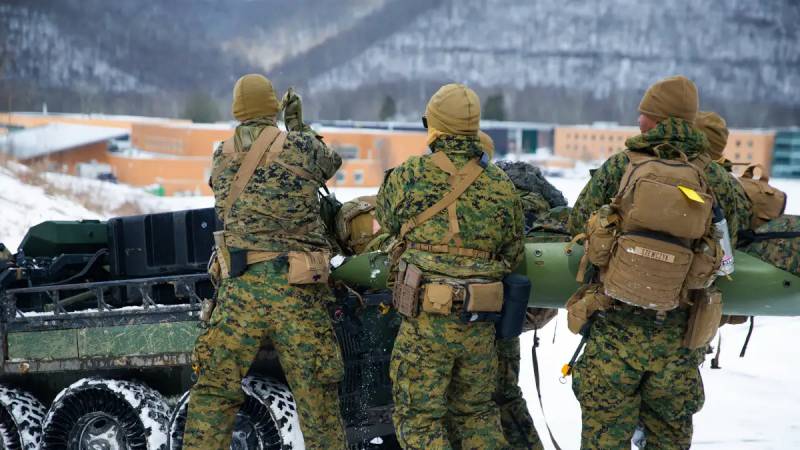
Information